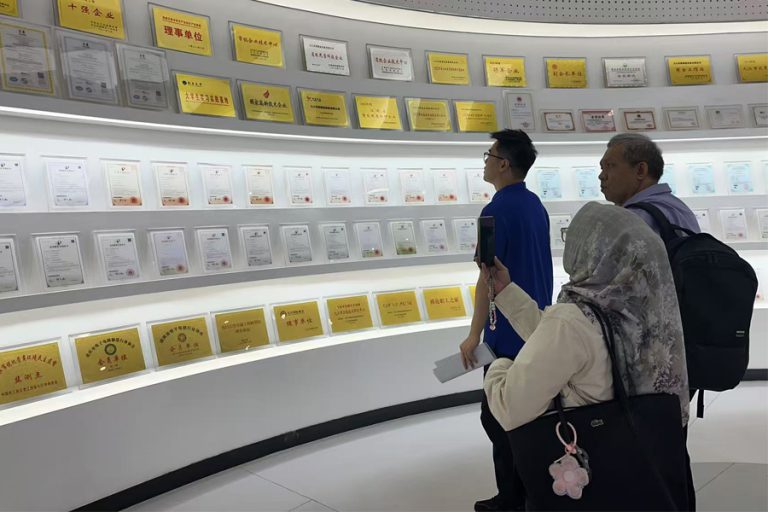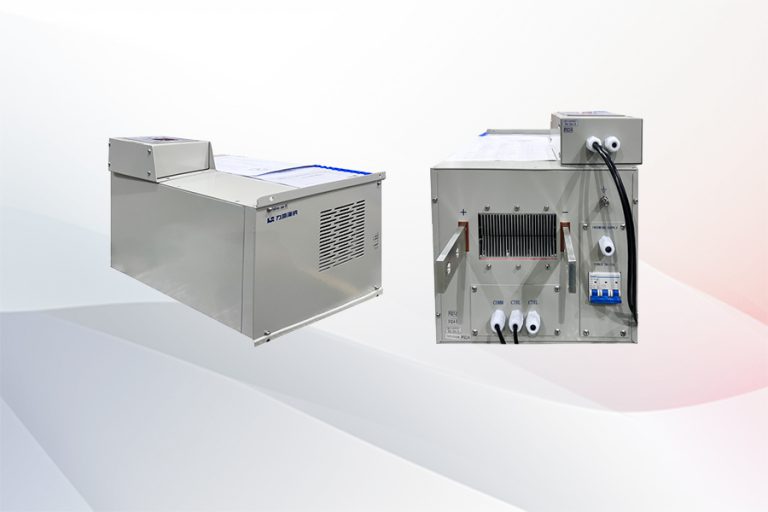The electroplating rectifier stands as a pivotal piece of equipment within the electroplating process. Its primary function is to convert alternating current (AC) into direct current (DC), thereby furnishing a stable current and voltage to the anode during the electroplating operation. The role of the electroplating rectifier in the electroplating industry is indispensable, and its principles and applications will be delved into further below.
The electroplating rectifier operates on the foundation of power electronics technology. By meticulously adjusting and transforming the input power supply, the electroplating rectifier ensures that the output current and voltage align perfectly with the demands of the electroplating process. Typically, these rectifiers utilize silicon-controlled rectifiers or thyristors as their core components, adjusting the control signal to manipulate the on and off timing of the main circuit. This, in turn, allows for precise control over the magnitude and stability of the output current and voltage.
Moreover, the electroplating rectifier is equipped with a sophisticated filter circuit, which serves to minimize fluctuations and harmonics in the output current. This ensures the high quality and stability of the electroplating process. The electroplating rectifier finds extensive application within the electroplating industry. Firstly, it serves as a reliable anode power source in metal plating processes. In metal plating, a stable current and voltage from the anode are crucial for achieving uniform and high-quality metal deposition. The electroplating rectifier provides the precise current and voltage required by the electroplating process to the anode, thereby guaranteeing the effectiveness and quality of the metal plating.
Secondly, electroplating rectifiers are also utilized in electrolytic tanks, circulation systems for electrolytic tank liquids, and other components of electroplating equipment. They supply the necessary current and voltage to various parts of the electroplating process, enabling automatic control and regulation of the entire electroplating operation.
The application of electroplating rectifiers extends into numerous other fields as well. In electrochemical experiments, electroplating rectifiers provide a stable power supply for a wide range of electrochemical reactions and experiments. In battery charging, the electroplating rectifier converts AC into DC to charge the battery, ensuring the stability and efficiency of the charging process. In the electrolysis of water for hydrogen production, the electroplating rectifier supplies the appropriate current and voltage to the electrolyzer, facilitating the electrolysis of water and the production of hydrogen.
In summary, electroplating rectifiers play a crucial role in the electroplating process by converting AC into DC to provide a stable current and voltage. Based on power electronics technology, the electroplating rectifier adjusts the magnitude and stability of the output current and voltage by controlling the on and off timing of its components. Not only are electroplating rectifiers widely used as anode power sources in the metal electroplating industry, but they are also indispensable in electrochemical experiments, battery charging, and the electrolysis of water for hydrogen production. Through the application of electroplating rectifiers, the quality and stability of the electroplating process can be assured, leading to enhanced production efficiency and product quality.





